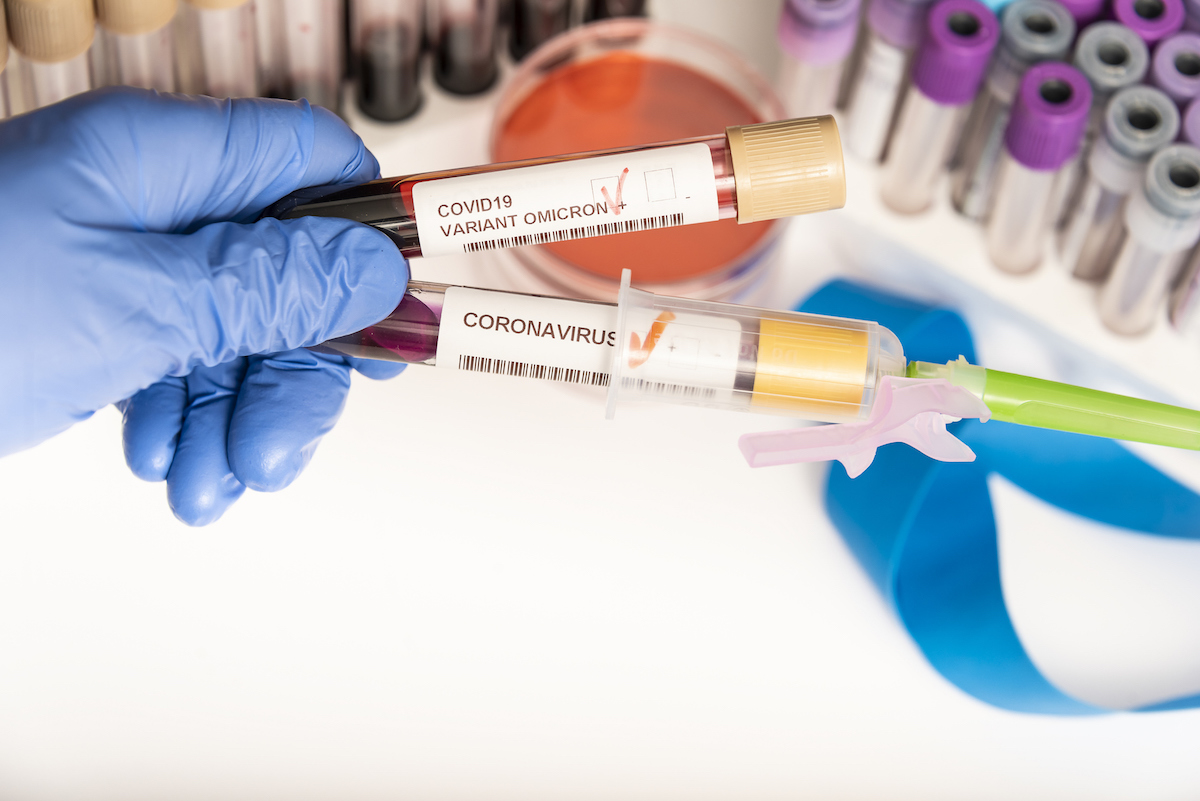<< Back
Omicron Down, But Not Out: Epidemiologist Calls it a ‘Long Tail’

January 31, 2022
Omicron is leaving Connecticut, but it’s not exactly racing toward the exits. And with the arrival last week of Omicron’s BA.2 subvariant, about 33 percent more likely to infect others according to a new Danish study, expect a gradual up-and-down process.
“We’ve always predicted a long tail,” says Dr. Ulysses Wu, Hartford HealthCare’s System Director of Infection Disease and Chief Epidemiologist. “So that’s a sawtooth pattern of a long tail that will be up and down every single day, or every other day. We’ve seen that with, for example, the percent positivity, we’ve seen that with ICU stays as well. The BA.2 will contribute to a certain extent to this. But Omicron by itself was going to contribute to a long tail, especially since we’re in the winter season.”
Omicron in Connecticut
The original Omicron, otherwise known as BA.1, represents more than 98 percent of Omicron cases worldwide. BA.2, however, in mid-January became the dominant strain in Denmark, where it now accounts for about 82 percent of cases.
In the study by researchers from Statens Serum Institut, Copenhagen University, Statistics Denmark and Technical University of Denmark., people had a 39 percent probability of being infected within seven days if exposed to BA.2 in their household. With BA.1, the probability was 29 percent.
Although fully vaccinated were more likely to catch BA.2 than the original Omicron strain, they were less likely to transmit it to others -- suggesting the subvariant was more adept at eluding vaccine protection. People with a booster were even less likely to spread the virus.
Unvaccinated people had higher transmission rates with BA.2 than with BA.1, which researchers attributed to higher viral loads with the new subvariant. The researchers also expect an extensive transmission among children in schools and daycare because of the subvariant's transmissibility and increased vulnerability to infection.
Fortunately, infections are usually milder than with previous strains, such as Delta, and vaccines -- particularly among with with booster doses -- protect against severe illness and hospitalization.
In Connecticut, the positivity rate was 8.68 percent on Feb. 1, up from 7.33 percent the previous day. The positivity rate was 9.73 percent on Jan. 28, the first time under 10 percent since late December.
“Everybody was predicting a very steep decline,” says Dr. Wu, “and even though the numbers are coming down nicely, when you take an overall perspective they are still very high at this point.”